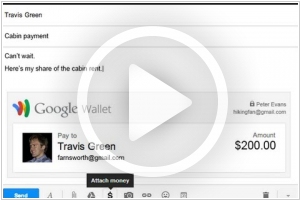Google Pay vs Microsoft Pay
May 09, 2023
13
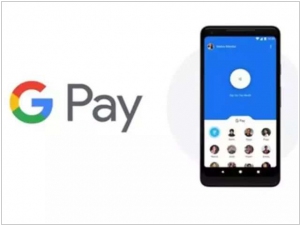
With Google Pay, you can simply unlock your phone like you normally do, place it near a merchant’s contactless terminal, and you’re good to go. Google Pay does all the heavy lifting. You don’t even need to open an app—just tap and go. You’ll also see a payment confirmation and get transaction details right on your phone.
1
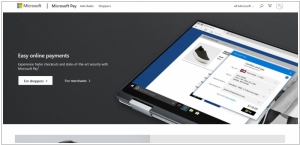
Microsoft Pay is a mobile payment and digital wallet service by Microsoft that lets users make payments and store loyalty cards on certain devices. Add your credit or debit cards, or your PayPal info, to your Microsoft account. Your shipping details are also securely stored so there’s no need to enter your info each time you shop online—Microsoft Pay fills it in for you.
Google Pay and Microsoft Pay are both digital wallet platforms that allow users to store their credit and debit cards, as well as loyalty and gift cards, for convenient and secure payments. However, there are some key differences between the two platforms. Google Pay is primarily designed for Android devices, and it offers features such as the ability to pay with your phone or watch, send money to friends and family, and track your spending. Microsoft Pay, on the other hand, is primarily designed for Windows devices, and it allows users to make payments using their Microsoft account on a variety of platforms, including Windows, Xbox, and Microsoft Edge.
Google Pay vs Microsoft Pay in our news:
2018. Microsoft Pay comes to Outlook.com
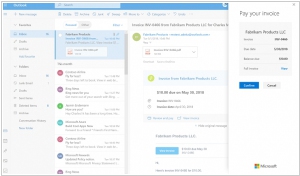
Microsoft Pay, Microsoft's alternative to Google Pay and Apple Pay, will soon be integrated into Outlook. This exciting development enables users to make direct payments for invoices received via email without leaving the Outlook platform or resorting to other apps or services. Microsoft plans to initially roll out this feature to a limited number of Outlook.com users in the upcoming weeks, followed by a broader release over the next few months. The company has announced that payment processors such as Stripe (through Stripe Connect) and Braintree will support the service, while billing and invoicing services including Zuora, FreshBooks, Intuit, Invoice2Go, Sage, Wave, and Xero will be among the first adopters of this feature.
2018. Android Pay becomes Google Pay
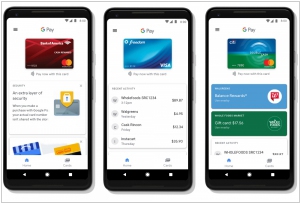
Google is consolidating its various payment tools into a unified platform known as Google Pay. The company is introducing the Google Pay app for Android, accompanied by new features aimed at establishing the payment service as widely accessible in both physical stores and online environments. The Google Pay home screen now displays nearby stores where Google Pay is accepted, providing users with relevant payment options. Furthermore, Google is launching a revamped version of the Google Wallet app, now renamed as Google Pay Send, which offers enhanced capabilities for sending and requesting money.
2015. Google launched Android Pay in US
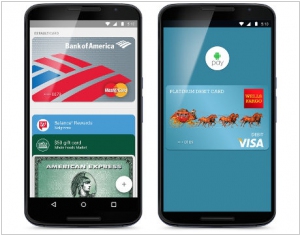
Google has introduced Android Pay, a service that enables users to make payments with a simple tap, whether in applications or physical stores. This new service also incorporates rewards programs for loyal customers. As for the existing Google Wallet service, it will undergo a transformation, serving as a platform for peer-to-peer money transfers, similar to Venmo or Square. Google is striving to catch up with Apple Pay, which made its debut in September 2014. One notable distinction between Google's latest offering and its initial payment product lies in the partnerships that have been forged. American Express, Visa, Mastercard, and Discovery are among the companies supporting Android Pay. Additionally, the system is compatible with over 700,000 stores in the United States that accept "contactless payments," as well as various applications from different companies.
2015. Google Wallet integrates with Shopify and other merchant platforms
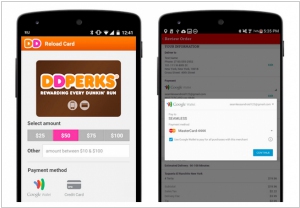
Google Wallet, the mobile payment system, is introducing significant integrations with merchants and merchant platforms. Users of Android apps from Dunkin' Donuts and Seamless, as well as merchants utilizing the Shopify platform to build online stores, can now leverage Google Wallet for seamless payment transactions. In November, Google Wallet also integrated with Papa John's Android app, along with merchant platforms ChowNow and Shopgate. However, the expansion of Google Wallet has been relatively gradual. Prior to this development, only around 30 mobile sites and 30 apps were integrated with the service. Currently, Google Wallet's payment services are available exclusively to users and businesses in the United States. Nevertheless, the company has recently commenced the international extension of another aspect of Wallet—money transfers—to markets beyond the U.S., enabling Gmail users in the UK to access this feature.
2015. Google acquired Softcard to power its Wallet
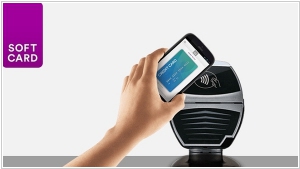
Following Samsung's acquisition of LoopPay to challenge Apple Pay's dominance in the mobile payments space, Google has also taken a significant step. It has announced the acquisition of technology from the mobile payments app Softcard. Additionally, Google Wallet will soon come pre-installed on Android phones offered by three out of the four largest U.S. carriers later this year. Similar to Google Wallet and Apple Pay, the Softcard app relies on near-field communications (NFC) for its mobile payment functionality. Google Wallet enables users to make purchases at physical retail stores by simply tapping their phones on contactless payment terminals. Despite being introduced prior to Apple Pay, Google's NFC payments system did not achieve the same level of visibility, despite receiving positive reviews.
2013. Google integrates Wallet into GMail
Google Wallet was introduced a few years ago as an innovative offline payment service for smartphone users in physical stores. However, this approach did not gain significant traction, even in the United States, due to the limited availability of NFC-enabled smartphones among users and the scarcity of NFC-compatible terminals in stores. Nonetheless, Google decided to retain the promising name by integrating Google Wallet with its online payment service, Google Checkout. As a result, Google Checkout will be phased out, and Google Wallet will become the sole payment service offered by Google. It may come as a surprise, but if you have ever made a purchase on the Play Market, whether it's an app or a book, you already have a Google Wallet account. In the near future, you will likely have the ability to send and receive money to/from other Google Wallet users, similar to PayPal. This can be accomplished simply by sending an email from your Gmail account and attaching the desired amount (as demonstrated in the video). Initially, this feature will be available exclusively in the United States.
2011. Google Wallet: How it works
Today, Google has launched a new service - Google Wallet, which allows to pay for goods in stores with the help of a smartphone. Of course, it's more the future than the present technology even in US. But it's interesting to see how we'll pay in the future. For a user Google Wallet is a mobile application that is installed on a smartphone. In this application you enter your bank card details (or get a card directly from Google) and add your loyalty cards. Then, with your smartphone you go to the store and when approaching the point of sale, launch the Google Wallet application, enter your PIN-code, select a card, tap the terminal with your smartphone, and ... your money fly to the retailer. ***

